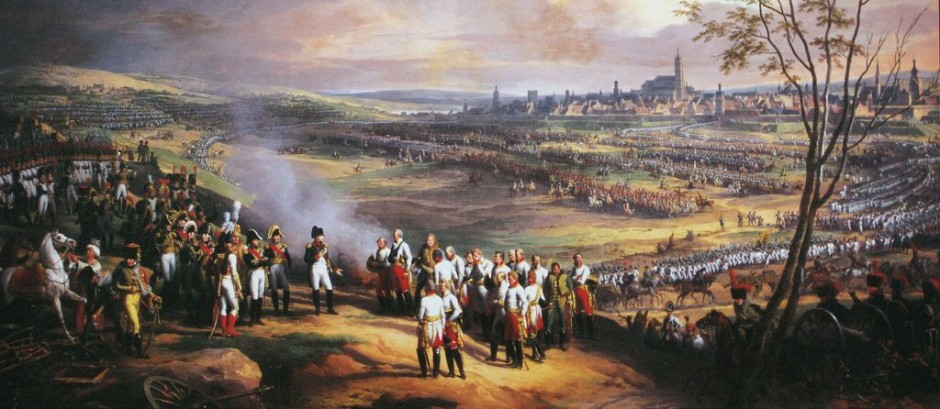How to use the source caption (attribution)
For tests and exams, answers need to treat the sources as evidence. This means doing more than treating them simply as face value sources of information. In part, this means ‘reading between the lines’ by working out the meaning of the sources.
In addition you need to take account of relevant issues raised by the source attribution (the caption that explains the provenance of the source). These are summarized in the list below.
Recognizing the value of the source attribution
What was its purpose?
What is the nature of the document – is it something public such as a speech, or private such as a letter or diary?
What is the provenance of the source – where did it originate from?
Is there anything about the author could have an impact on the evidence they give, for example their level of authority or position?
The answers to the questions shown above have an impact on what is said in the actual source. However, for any essay response you need to focus this analysis toward answering the question. This might mean:
Considering how the provenance of the source helps explain why it takes a different view on the issue. So, explaining why one source disagrees with another because of issues such as the political or religious views of the author.
Examining how the nature or purpose of the source adds weight to (or indeed takes away from) the quality of evidence when considering how far one source supports another.
How do you integrate attribution and cross-referencing?
Exam questions will always have something interesting within the attribution. That means, for most if not all of the sources, you have something to use. Remember, to access the higher levels you need to treat the sources as evidence. Do not just compare what they say (content). You need to examine and infer from the meaning of what they day when making comparisons.
Take time to study the attribution carefully and pick up on the hints that it gives about why the source may represent the issue in a particular way.
You should also take account of the nature, origins and purpose of the sources. Do not write paragraphs about the source content then separate paragraphs about nature, origin and purpose. Such answers usually end up talking about reliability rather than answering the question. What you should aim to do is link issues about the provenance to the points of comparison you have made. For example, the contrasting views of two differing sources may be partly explained by the different origins or purpose of the sources.
Attribution EXAMPLE: (From Stepan Kozhukhov, Memoirs, published 1870. Kozhukhov was a Russian officer who witnessed the Charge of the Light Brigade)
This is a typical example of an attribution of a source. These should be treated like the source, and read carefully. As with the source content, many students find it useful to underline, highlight or annotate them. However be careful of writing about the provenance for the sake of it – only make points that you can link to the comparisons you are making.
So, merely commenting that Kozhukov ‘was there’ or that ‘as a Russian soldier he would be biased’ will gain you little. However, if you can link this to what he says, and use this to explain why he takes a different view from the other sources you can gain more credit.
Attribution: From Stepan Kozhukhov, Memoirs, published 1870. Kozhukhov was a Russian officer who witnessed the Charge of the Light Brigade.
Source: “In a small space were four Cossack regiments all crammed together, and in isolated spots, one could make out the red tunics of the English. The enemy soon came to the conclusion that they had nothing to fear from the panic-stricken Cossacks and decided to return the way they had come through another cannonade of artillery and rifle fire. It is difficult to do justice to the feat of these mad English cavalry. They quickly re-formed their squadrons to return over the same ground littered with their dead and dying. With desperate courage these lunatics set off again. It took a long time for the Cossacks to collect themselves.”
A reading of the source shows that Kozhukov acknowledges the bravery of the British troops and even goes so far as to suggest that their tactics were sensible once the battle was underway. In this respect his evidence isn’t what you would necessarily expect and is arguably stronger for it.
